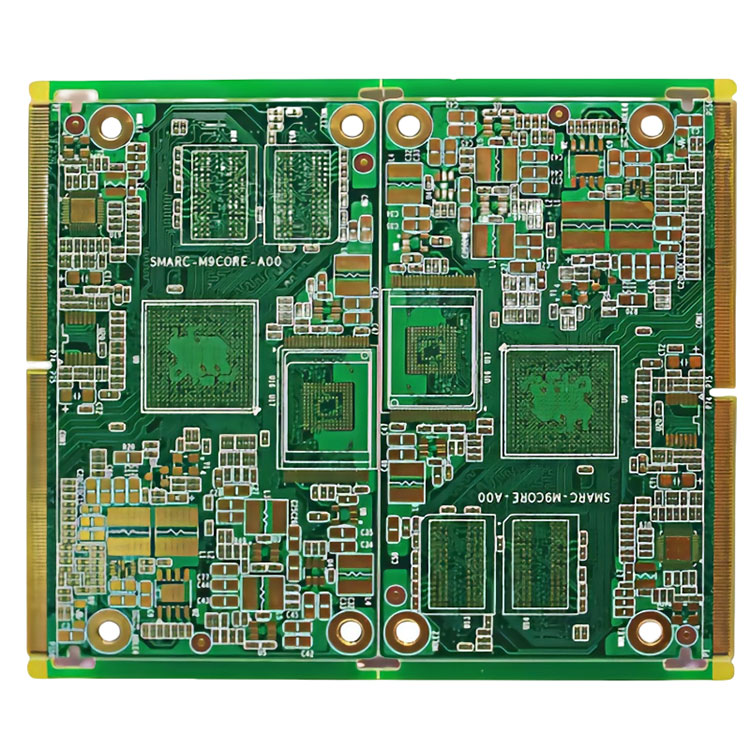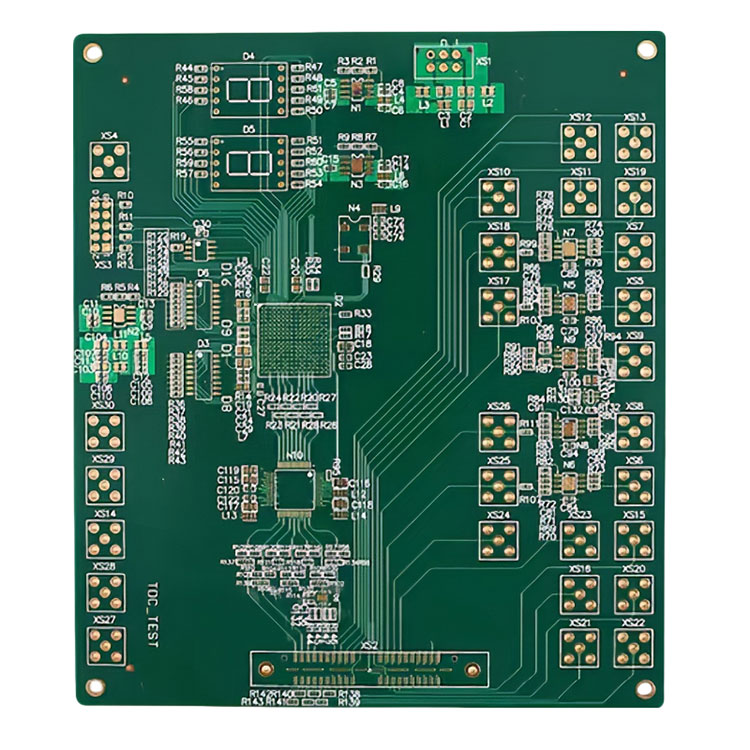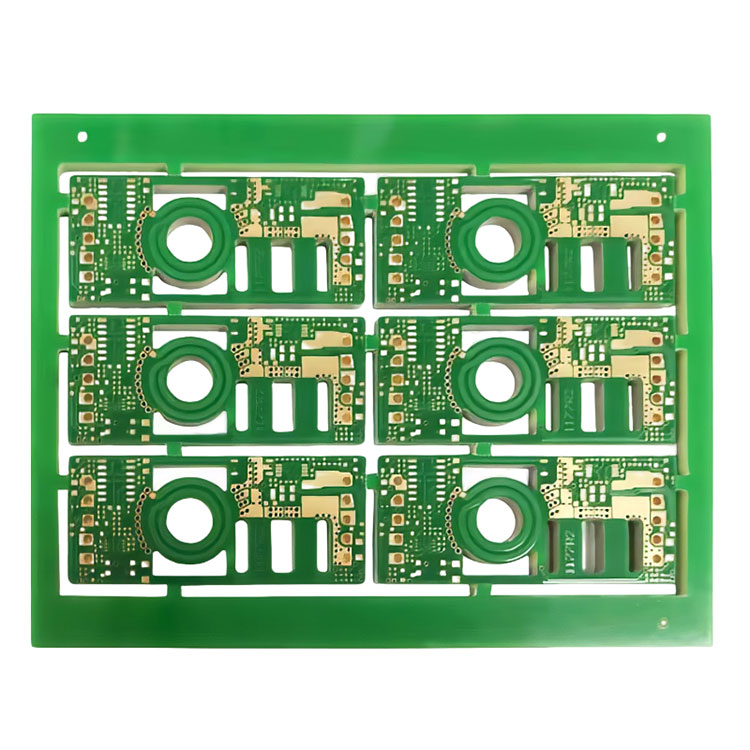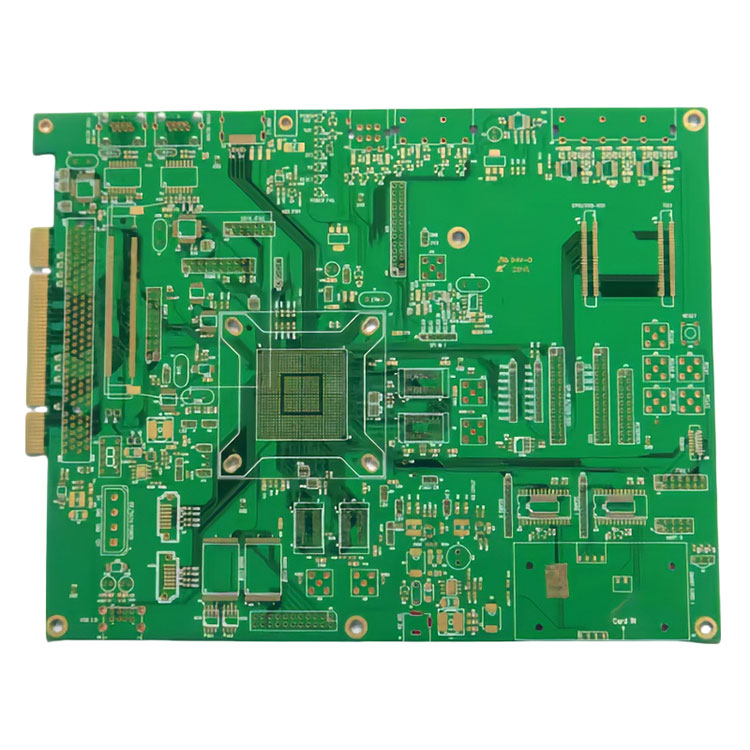
The Bl1534 circuit board factory mainly focuses on fast sampling and small to medium batch production of various products. Latest selling Bl1534 circuit boards are an essential component in the manufacturing of a wide range of electronic products. The production process for circuit boards requires meticulous design and manufacturing to ensure they meet the performance specifications of various electronic devices. There is a multitude of Bl1534 circuit board manufacturers located across different regions, each equipped with the capability to provide diverse circuit board designs tailored to accommodate the specific requirements and preferences of consumers. These manufacturers play a crucial role in offering comprehensive solutions for Bl1534 circuit board design and production, contributing significantly to the advancement and innovation within the electronics industry.
The production process of the Bl1534 circuit board is a highly complex and multifaceted operation, encompassing a diverse range of processes from simple to intricate machining, as well as involving ordinary chemical reactions and photochemical electrochemical thermochemical processes. Its primary function lies in providing essential mechanical support for the fixed assembly of various electronic components such as integrated classy Bl1534 circuit board, while also facilitating wiring and electrical connection or insulation between these components. Furthermore, it plays a crucial role in ensuring the required electrical characteristics, including characteristic impedance.
Basic information:
Item name: Bl1534 circuit board
Layers: 2
Thickness:1.6mm
Material: FR4 KB6165
Size: 120*60mm
Surface treatment: HASL
Line width/spacing: 4/4mil
Minimum aperture: 0.25mm
Solder mask color: blue
Finished copper thickness: 1oz
Bl1534 circuit board technical status:
With the evolution of electronic products towards miniaturization and digitalization, Bl1534 circuit boards are also advancing towards high density and precision, rendering manual inspection methods impractical. For circuit boards with higher density and precision (0.12~0.10mm), testing is entirely unfeasible, resulting in a suboptimal pass rate of only 50~60% for domestic multi-layer boards (8-12 layers).



